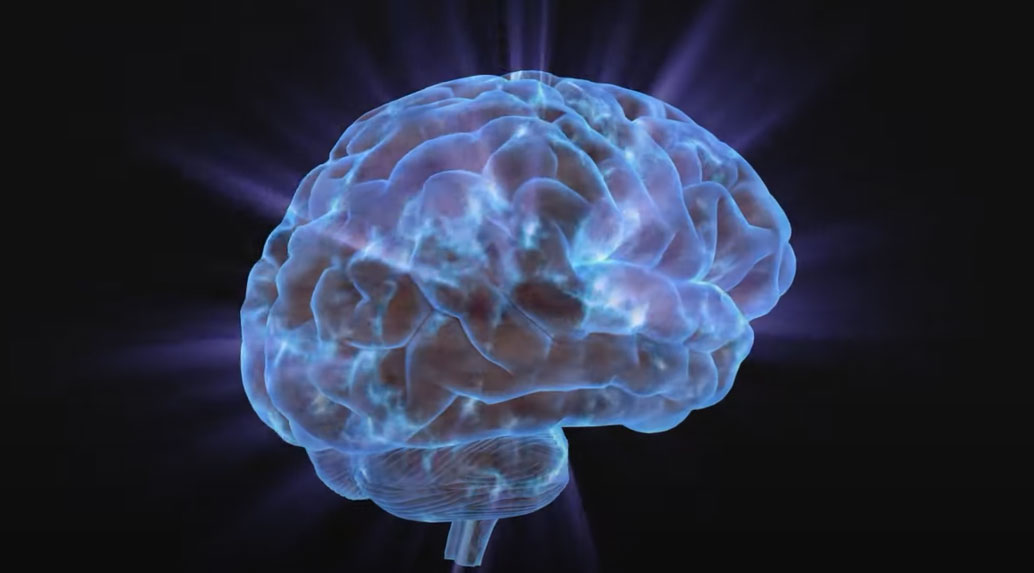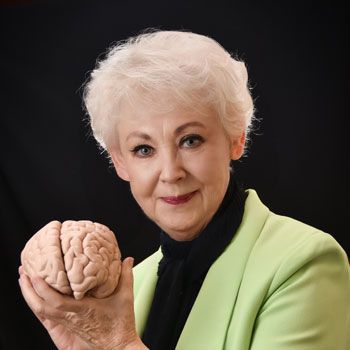Eating Disorders
©Arlene Taylor PhD
Eating disorders such as anorexia, bulimia nervosa, binge eating, and body dysmorphic disorder or BDD, affect about 5 million American each year. The majority are Caucasian and female. About three quarters of the individuals were adolescents when the symptoms first began.
Society and media contribute to the expectation that possessing a trim, slim, fit body will lead to sexual attractiveness and popularity.
General consensus is moving toward the position that eating disorders are not about food but are about control issues. As many as 9 out of 10 individuals with an eating disorder are believed to have a co-existing psychiatric condition and need to be evaluated by a mental health professional.
Risk factors include:
- Being female (although the numbers of males are increasing)
- Middle or upper class socioeconomic status
- Family history of eating disorders
- Unresolved family issues
- Unsuccessful attempts at weight loss and/or dieting
- Engaging in activities that value slimness (e.g., dance, modeling, some sports)
- History of sexual abuse
- Type 1 diabetes
- Psychological problems (e.g., low self-esteem, decreased self-confidence, depression, skewed body image)
- Psychiatric co-morbidity
Females with Clinical Diagnosis of Eating Disorder | Males with Clinical Diagnosis of Eating Disorder |
• 80% of patients | • 20% of patients NOTE: There appears to be a growing higher risk of anorexia nervosa, bulimia, and body dysmorphic disorder (BDD). Body dissatisfaction is showing up in greater numbers in ever-younger boys. BDD is characterized as a somatoform disorder – a preoccupation with imagined or slight defects in appearance that inflicts significant emotional distress and impairs social, personal, and professional life. |
According to the American Journal of Psychiatry Toronto group study (2001), the following were clinical ratios of females to males:
Anorexia Nervosa Syndrome:
- Full anorexia syndrome: 4.0 females to 1.0 males
- Partial anorexia syndrome: 4.0 females to 1.5 males
Bulimia Nervosa Syndrome
- Full bulimia nervos: 11.0 females to 4.0 males
- Partial bulimia nervosa: 1.8 females to 1.0 males
Binge Eating Disorder (high correlation with obesity):
- Full binge eating disorder: 3.0 females to 2.0 males




